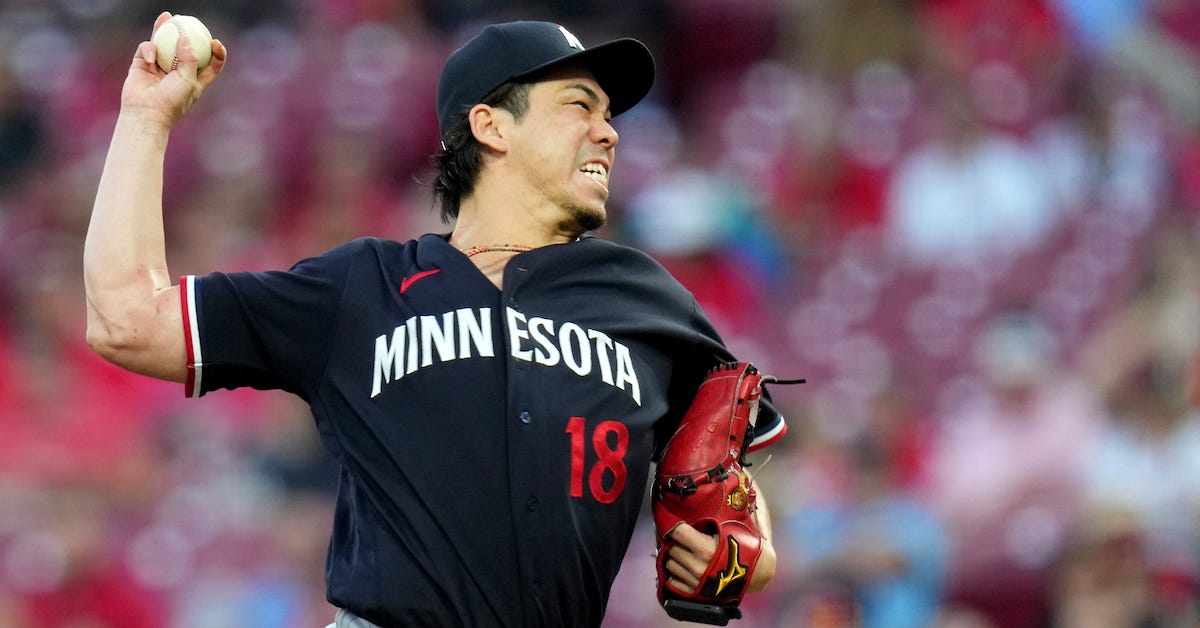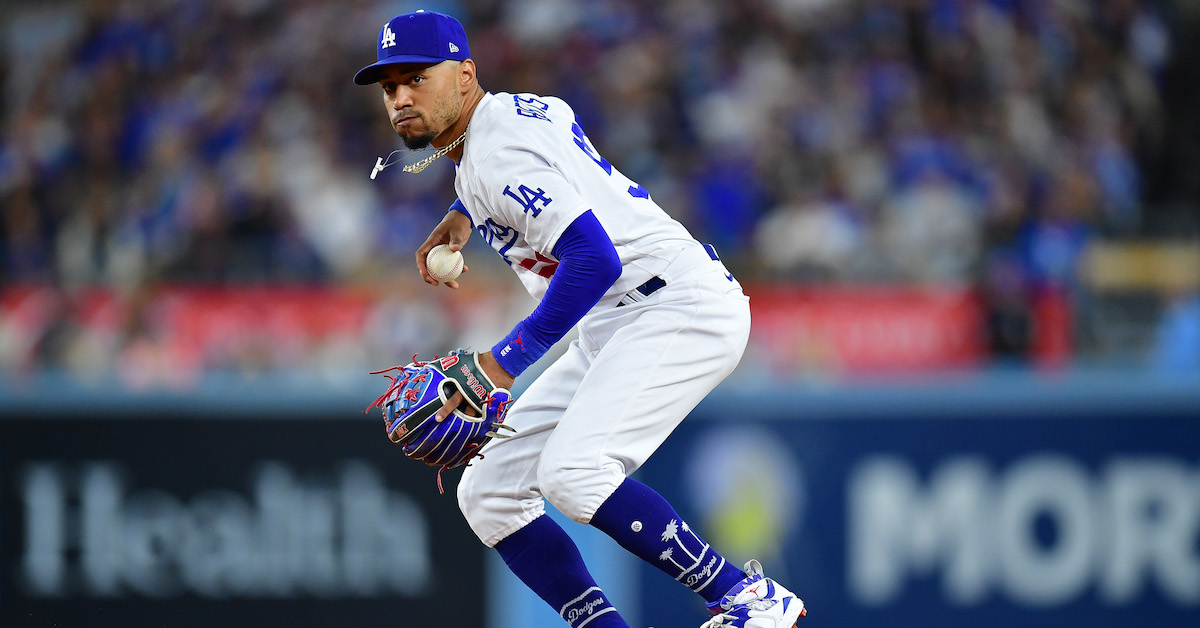Data Engineer, Baseball Systems
Location: Milwaukee, WI
Position Summary:
As part of Baseball Systems, the Data Engineer will collaborate with the High Performance team to assist in developing our athletes. This position will work closely with the Data Engineering team to maintain, enhance, and extend Brewers Baseball Operations data pipelines to meet baseball needs. This position will be responsible for collecting and transforming data from various sources (internal, league, vendors, etc), as well as preparing and distributing data for consumption by the department’s systems and analysts. The ideal candidate is an experienced data pipeline builder who excels at automating and optimizing data systems, with a strong preference for cloud experience.
Our Team:
- Baseball Systems is the software backbone of Baseball Operations. We provide data and decision-making tools for analysts, coaches, and front office personnel to help win a World Series.
- Our department consists of a team of data engineers and a team of software engineers who work across all different aspects of Baseball Operations providing support and tools relevant to each group.
- We work directly with stakeholders in every department of Baseball Operations to ensure every project we work on drives value to the organization and helps us win more games on the field.
- We help drive technical innovation to find new ways to solve baseball problems.
Essential Duties and Responsibilities include the following. Reasonable accommodations may be made to enable individuals with disabilities to perform the essential functions. Other duties may be assigned.
- Design, build, and maintain robust and scalable data pipelines for collecting, processing, and storing data from diverse sources such as databases, APIs, and streaming services.
- Collaborate with cross-functional teams to integrate data from different systems and ensure data consistency and quality.
- Collaborate with data scientists, analysts, and other stakeholders to understand their data requirements and provide the necessary support and data access.
- Implement data transformation and ELT (Extract, Load, Transform) processes to cleanse, aggregate, and enrich data for analytics and reporting.
- Maintain comprehensive documentation of data pipelines, schemas, and processes for knowledge sharing and auditing purposes.
- Develop and implement data quality checks and validation processes to ensure data accuracy and reliability.
- Monitor and optimize data pipelines and database performance to meet business requirements and performance standards.
- Identify, design, and implement internal process improvements.
Qualifications To perform this job successfully, an individual must be able to perform each essential duty satisfactorily. The requirements listed below are representative of the knowledge, skill, and/or ability required.
- Experience with programming languages such as Python, Java, or Scala.
- Experience with SQL, including writing and maintaining queries.
- Experience in working with data warehousing solutions (e.g., AWS Redshift, Google BigQuery, or Snowflake).
- Experience working with relational databases such as SQL Server and Postgres.
- Familiarity with data integration and data pipeline orchestration tools (e.g., Apache Airflow, AWS Glue, Dagster).
- Experience with version control systems (e.g., Git).
- Experience with APIs, and data manipulation.
Preferred skillsThe skills listed below will help an individual perform the job, however they are not all required.
- Experience with data analysis tools including Tableau, Chartio or similar.
- Experience with cloud services including AWS, Azure, Google Cloud or similar.
- Experience with DevOps concepts such as Continuous Integration and Continuous Deployment, using TeamCity, Jenkins or similar.
- Experience with Docker or other containerization technologies.
- Familiarity with Linux and non-Windows operating systems.
- Familiarity with advanced statistical baseball concepts, including advanced statistics and player evaluation metrics.
- Familiarity with SDLC, especially Agile or Kanban concepts.
What will you do each day?
- Design and develop new features or maintain existing features in our internal web applications.
- Squash bugs quickly.
- Collaborate with Baseball Operations staff to plan new features and ensure requirements are met.
- Develop walk-throughs for non-technical users to familiarize them with new features.
- Watch baseball.
Our Pitch
You come here to make a difference. We are a purpose-led organization, focused on building an inclusive and engaging culture that fosters excellence, collaboration and ingenuity. We strive to be a model employer and cultivator of talent, empowering our teams to drive innovation through the inclusion of diverse thoughts, ideas and perspectives. We operate at the highest standard of excellence, investing in the development of our staff across all levels and embracing differences through a culture of respect and understanding.
We are proud to offer a highly competitive perks and benefits package including:
- Exceptional health and dental rates, and fully covered vision package
- 401(K) match and an additional annual contribution from the Club
- Unlimited vacation time
- Paid parental leave
- Collaborative recognition program and incentives
- Leadership development programming
- Online educational platform for personal and professional development
- Employee Resource Groups
- Paid time off for volunteering
- Year-round diversity, equity and inclusion training and development
- Brewers Home Game tickets, promotional giveaways and other discounts!
For more information about our Crew, other benefits and insight into our Club culture please visit our Careers Page.
To Apply:
To apply, please follow this link.
The content in this posting was created and provided solely by the Milwaukee Brewers.







